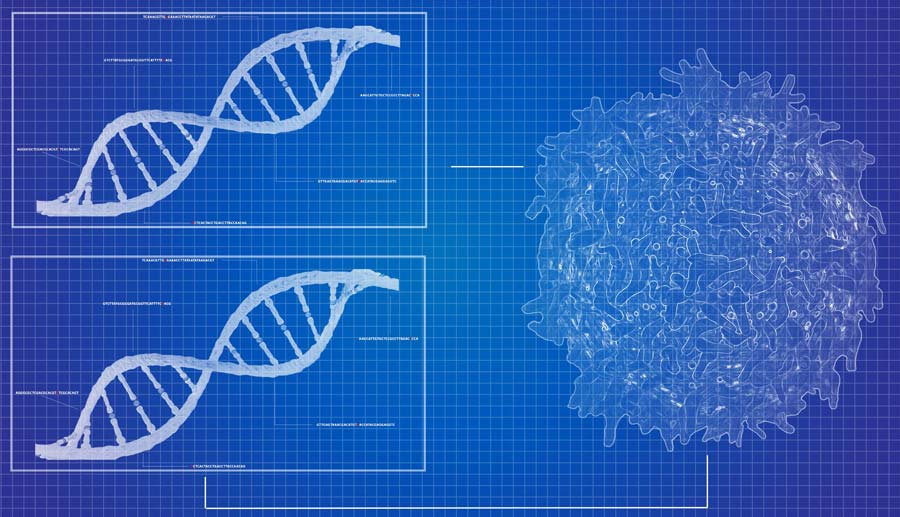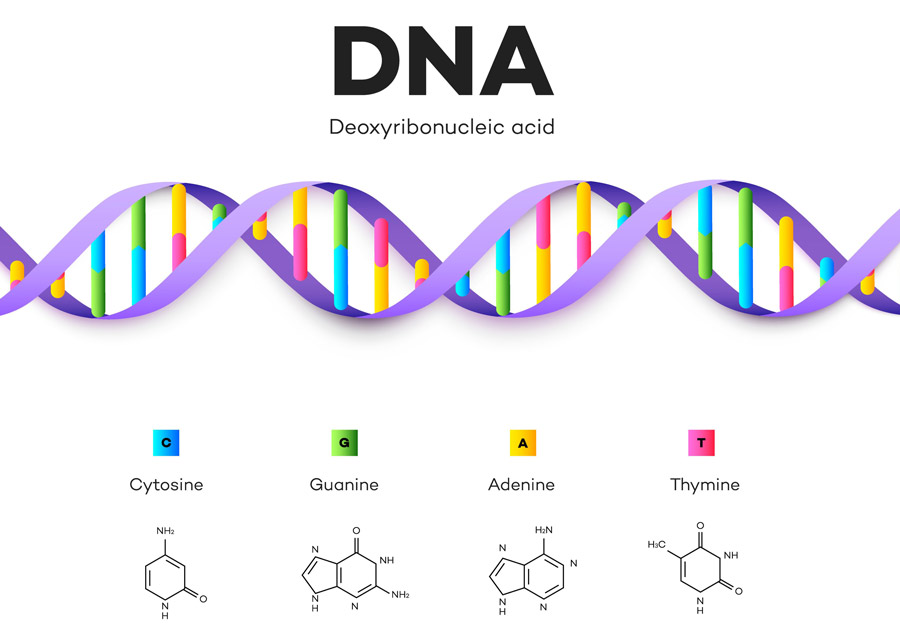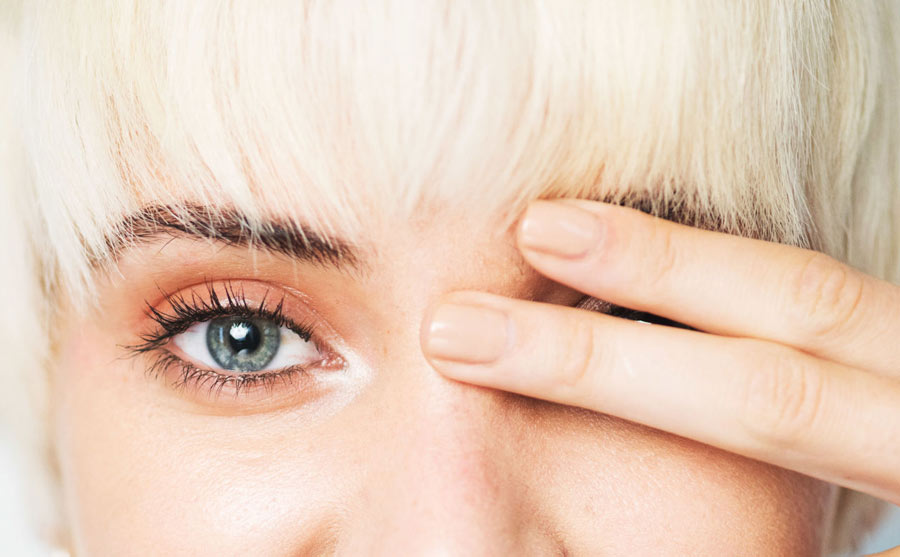
Hang around CRI Genetics long enough and you’ll probably see us refer to DNA as a “blueprint for your body” at some point…
But what is a “blueprint,” really?
It’s kind of like a recipe. It’s a list of supplies with directions about what to do with them.
That’s what your DNA is. It’s code that gets translated into messages that can be used to produce proteins. These proteins then carry out various tasks in our bodies and the whole process gets a lot more complicated from here.
But we’re going to keep it simple on this blog.
So what exactly does the “Recipe of You” contain?
Without even looking, I can tell you it calls for lots of SUGAR.
Told you it’s quite sweet…
If you saw the first blog in this “DNA Test Education” series, titled "Just What Is DNA Anyway?", you may remember a little thing about SNPs. If you didn’t see that blog, I suggest clicking that hyperlink and giving it a quick read.

As explained in that blog post, scientists look for variations on certain SNPs. If you were to look at raw data for DNA, these variations on SNPs would show up as letters: T, A, C, or G.
These letters are abbreviations for a few different types of SUGARS:
- Thymine
- Adenine
- Cytosine
- Guanine
Each SNP typically has room for two sugars. The combination you get determines what proteins get coded for and what those proteins do.
This is pretty deep stuff, so let’s turn to a simple example…
One of the SNPs known for determining eye color is rs12913832.
At this genetic marker, your two sugars are a combination of Adenine or Guanine.
If you have two Guanines on this SNP, you probably have blue eyes. If you have two Adenines, you probably have brown eyes.
What if you have one Guanine and one Adenine? Also probably brown eyes. Blue eyes are a recessive trait and recessive traits usually take a back seat when a dominant trait is around.
Don’t look at me, I don’t make the rules…

Anyway, this is how your CRI Genetics health and trait reports are created. CRI scientists look at what sugars you have on various SNPs in the “Recipe of You.” They’re then able to predict your traits along with many aspects of your health and how your body functions.
Notice the word “predict” and you’ll spot a clue for what the next blog in this series will be about… Hope to see you there!
If you're a CRI Genetics customer, you can explore your Health and Trait Reports in your CRI Genetics account right now.
Not a CRI Genetics customer yet? Go check out any current promotions and find out how you can get some health and trait reports (and many more).